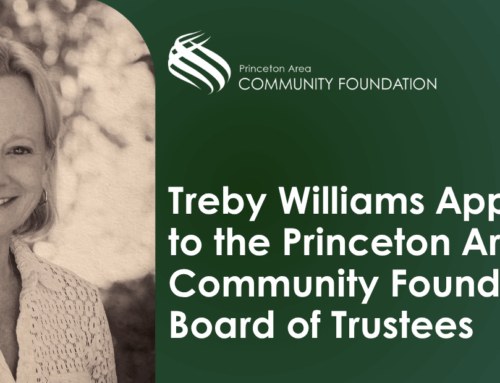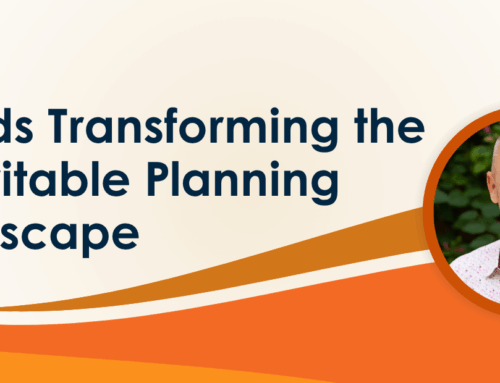A recent investigation by 60 Minutes of the work of the nonprofit Central Asia Institute (CAI) and its founder, Three Cups of Tea author Greg Mortensen, is much in the news. The CAI was started in 1996 “to empower communities of Central Asia through literacy and education, especially for girls, promote peace through education, and convey the importance of these activities globally.” Yet some believe that Mortensen exaggerated stories in his book, and the CAI’s financial reports show a hefty $1.7 million in travel expenses—now thought to have supported Mortensen’s book tours. Sales of the bestseller have netted him significant personal income, and it is unclear whether those profits ever found their way back to the charity. Many nonprofits are worried that these revelations will reduce the willingness of donors to support similar endeavors. What can we learn?
This is a classic case of “founder syndrome,” in which a passionate and generous-spirited person sets up a nonprofit to carry on some vital work (all good so far), and with luck attracts strong interest that translates into financial support (still all good). The charisma and drive of visionaries like Mortensen have often launched fantastic nonprofits.
Unfortunately, sometimes the far-seeing entrepreneur doesn’t want the intrusion or distraction of an independent board of trustees and brings into the organization only the bare minimum required by law (in New Jersey, that’s just three people). Often these are like-minded friends, unlikely to challenge the founding executive director. Sometimes, as in CAI’s case, the executive director is a voting member of that tiny board. Now we have a problem – indeed, several.
Three people don’t have the breadth of viewpoints, experience, talents and influence required to oversee a charitable organization. A larger governing group is needed to keep it thriving.
Friends of executive directors are unlikely to tell them that they are wrong, should be reined in, or need to consider other options. Real oversight becomes an afterthought at best.
When the founding executive director is charismatic, a cult of personality can grow up around him or her. That clouds the present and future of an organization. In the worst cases, it may even lead to private gain, a serious breach of the public trust.
Best practices in governance do not let executive staff act as voting members of a board whose decisions affect those executives’ livelihood and institutional vision.
In Greg Mortensen’s case, as we’ve seen, one of the three voting members of the board is Mortensen himself. Despite the fact that this happened at a prominent organization – or perhaps because of that very fact – hindsight now shows that donors, too, did not notice or presumably care.
But you do. So, do you ever inquire about the governance practices of the organizations you support? Would you know what questions to ask? Where to find the answers?
You can start with an awareness that a nonprofit belongs to the public and is entrusted to its board, which doesn’t merely offer advice but carries full responsibility for all the actions of the organization. The executives and staff doing the day-to-day work report to the board, not the other way around. When boards think they are there to support and defer to the vision of the executive director, and when trustees are unwilling or unable to challenge the founder and their handpicked staff, the entire organization is balanced precariously on the singular talents and actions of one person. The charity’s overall integrity is reduced to the limited scope of a single, fallible person’s judgment.
In the work of philanthropy, we are always better together. If you are running, building, or financially supporting a nonprofit organization, don’t go it alone. Whether you are an executive, staffer, trustee, or donor, ask questions, demand integrity, and understand that the buck stops at the board. If you settle for anything less, you may find yourself drinking your three cups of tea under the harsh lights of public scrutiny.





